
Aggie—never braggy
Rounds 1-19 Results:
- Harmon Killebrew
- Kirby Puckett
- Rod Carew
- Tony Oliva
- Joe Mauer
- Bert Blyleven
- Kent Hrbek
- Jim Kaat
- Johan Santana
- Torii Hunter
- Justin Morneau
- Frank Viola
- Joe Nathan
- Brad Radke
- Gary Gaetti
- Bob Allison
- Jim Perry
- Chuck Knoblauch
- Rick Aguilera
Rick Aguilera didn’t possess the door-slamming dominance of Joe Nathan. He wasn’t lovably frenetic like Eddie Guardado. In his era, closers didn’t turn the ballpark into a rave upon their arrival. Aggie simply piled up saves whether for champions or cellar-dwellers.
Coming to the Minnesota Twins in the 1989 Frank Viola swap after a pretty successful starting tenure with the New York Mets (winning a ring with the ‘86 Amazins’), Aguilera was immediately installed in the bullpen and from 1990-1993 (149 saves, 153 ERA+) was a top-tier hurler in the relatively newfangled role of one-inning closer. In the 1991 playoffs, he recorded 5 saves in 8.1 IP and allowed just one run.
Traded to the Boston Red Sox late in 1995, Rick must have enjoyed the Land of 10,000 Lakes, as he immediately returned in free agency and pitched in Minny pinstripes through 1999! Even on those generally awful Twins squads from ‘93-’99, Aggie would still rack up saves—318 in total.
One of my earliest “following the team in earnest” memories is of picking up a Star Tribune in ‘95 and seeing that Aguilera (a “favorite” of mine simply because the closer is usually the last guy on the mound in a victory) had been traded.
The next entry: A sweet-fielding SS with a few memorable moments.
Round 20:
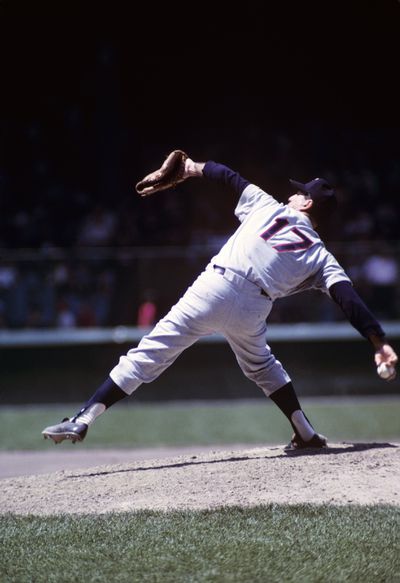
Photo by Diamond Images/Getty Images
Camilo Pascual
- Considering that Camilo Pascual’s first seven MLB seasons with the Washington Senators were nothing to write home about—57-84, 4.04 ERA, 97 ERA+—it is amazing he makes this poll series at all. But the train ride west to Minnesota revitalized the curveball specialist. His next six years (1961-1966) in Twins Territory: 80-51, 3.17 ERA, 121 ERA+. Camilo notched two 20-win seasons, 4 200+ K campaigns, and was a perennial All-Star wearing the TC cap.
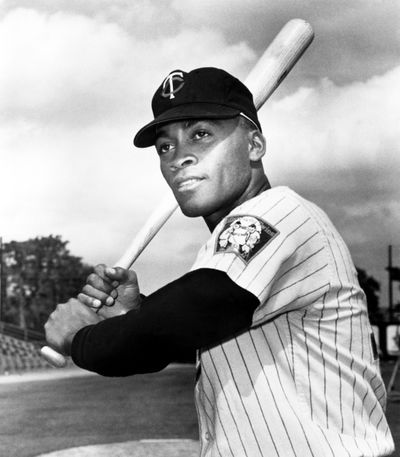
Photo by Bruce Bennett Studios via Getty Images Studios/Getty Images
Cesar Tovar
- The primary value of Cesar Tovar was his ability to play every position on the diamond—quite literally. His “Standard Fielding” Baseball-Reference table is a sight to behold. But he could also contribute with the lumber and on the base paths. From 1965-1972, his 162-game average was 685 PA, 173 H, 29 2B, 28 SB, even BB:K ratio, and 102 OPS+. Essentially, Tovar was a league-average batter who provided tremendous versatility in the field. Add it all up and he contributed 25.8 WAR with the Twins in a short period of time.
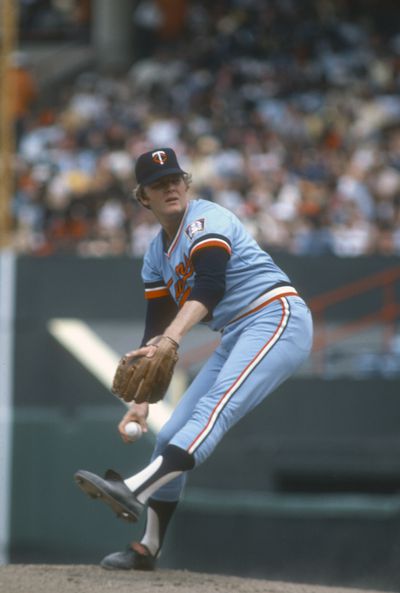
Dave Goltz
- Plying his trade during the “perpetually .500” era of 1970s Twins baseball, Dave Goltz had one of the most nondescript—yet solid—tenures in franchise history. His 1977 campaign—20-11, 303 IP, 19 CG, 3.36 ERA, 119 ERA+—garnered him Cy Young Award votes, and his ‘78 (15-10, 2.49 ERA, 155 ERA+) may have been even better. From 1974-1979, the Pelican Rapids native was a lock to notch 15 victories with solid peripherals even on bland squads.
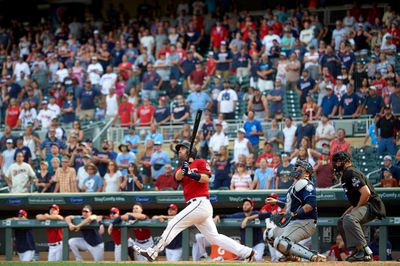
Photo by Hannah Foslien/Getty Images
Brian Dozier
- In the early goings of Target Field, it was very much considered a pitcher’s park—until Brian Dozier found the cheat code. Initially a weak-fielding, mediocre-hitting SS prospect, Dozier re-invented himself after discovering he could turn on balls and send them straight down the LF line and into the bleacher seats. From 2014-2018 he hit 143 home runs in a Twins uniform, to the tune of a 114 OPS+. His flare for dramatic, clutch dingers was also legendary.
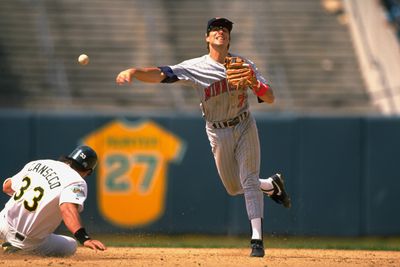
Set Number: X43115
Greg Gagne
- Greg Gagne’s calling card was always his defense. Coming up with the early-’80s core (Puckett, Gaetti, Hrbek, Viola), his Fielding Runs Above Average scores were routinely in double digits on the positive side and his Range Factor normally stayed at a solid 4.5 (if not approaching 5.0+). His bat—84 OPS+ from 1985-1992—might wax and wane, but he put up an 1.187 OPS in 22 1987 ALCS plate appearances, then in the subsequent World Series clubbed a homer, recorded 10 total bases, and precipitated the Game 7 go-ahead run. In 1991’s Fall Classic, he put the Twins definitively in control of Game 1 with a big blast.